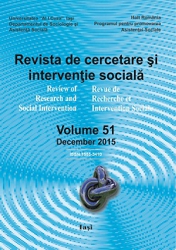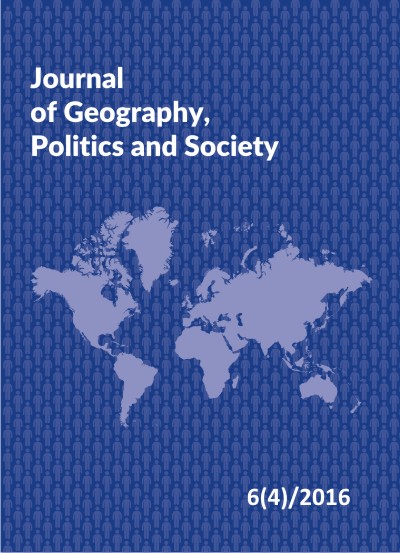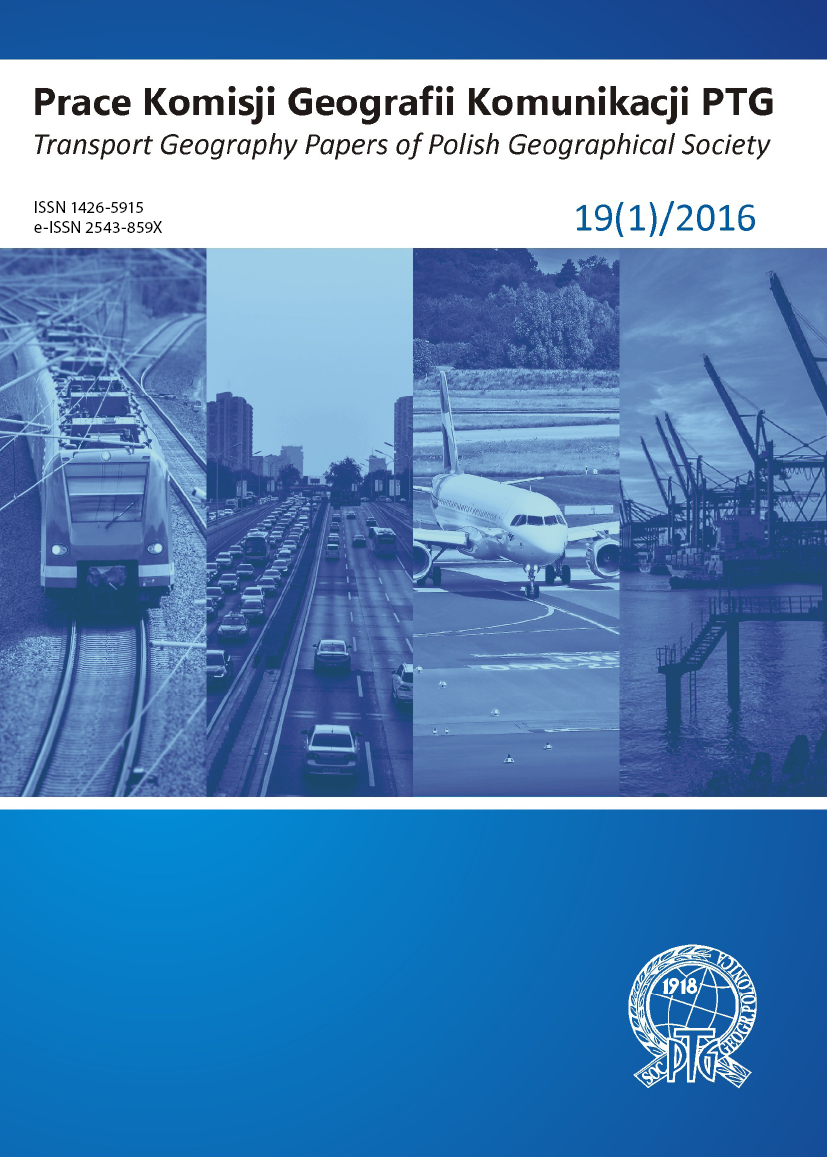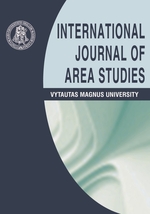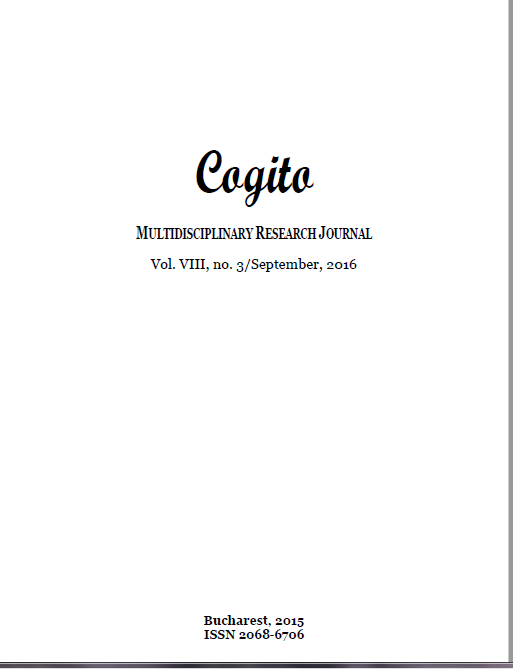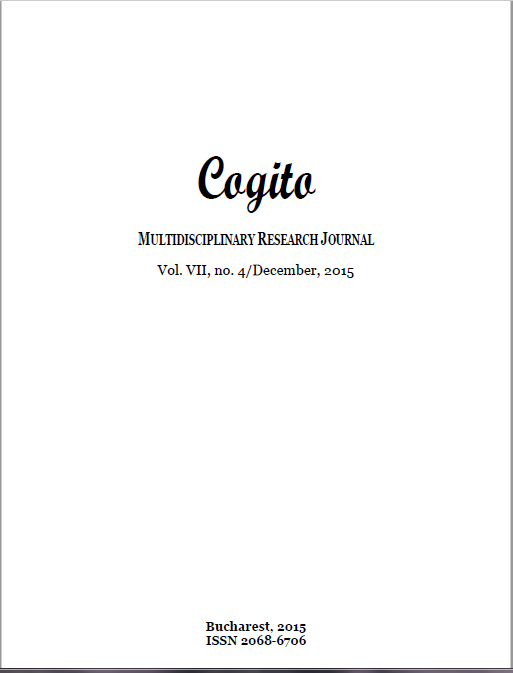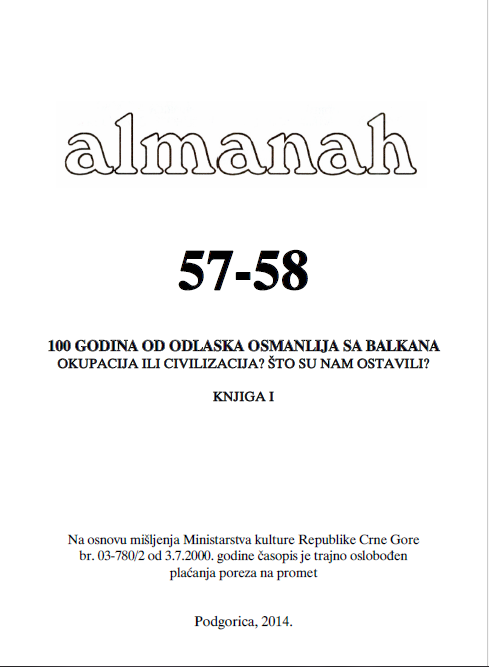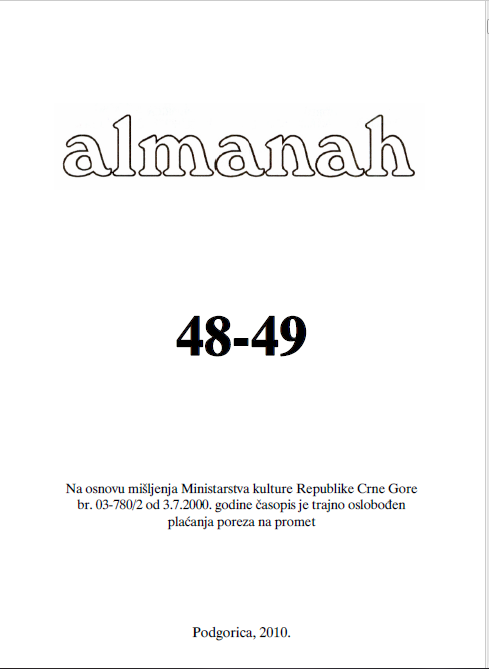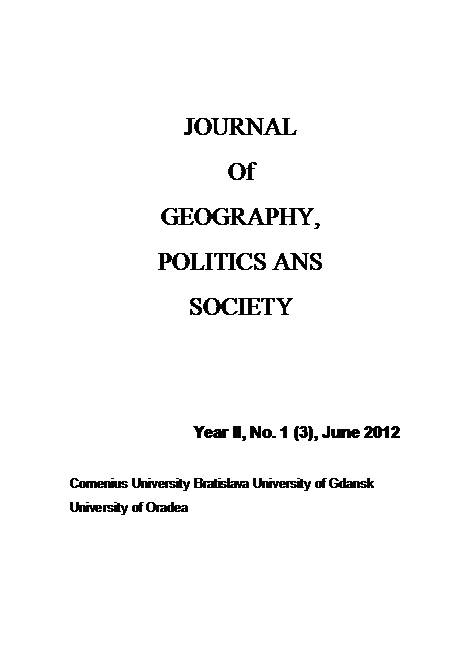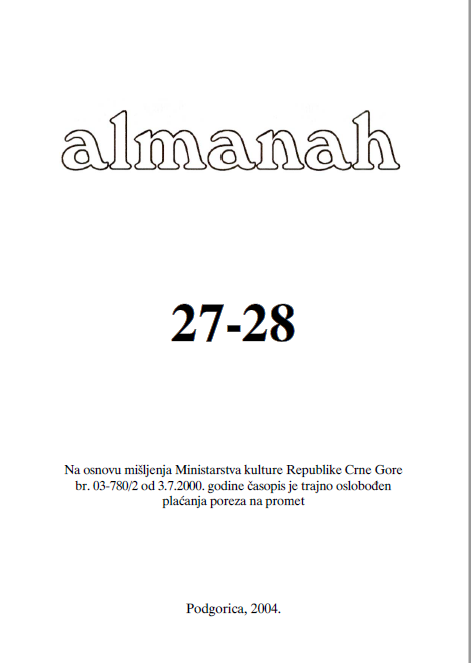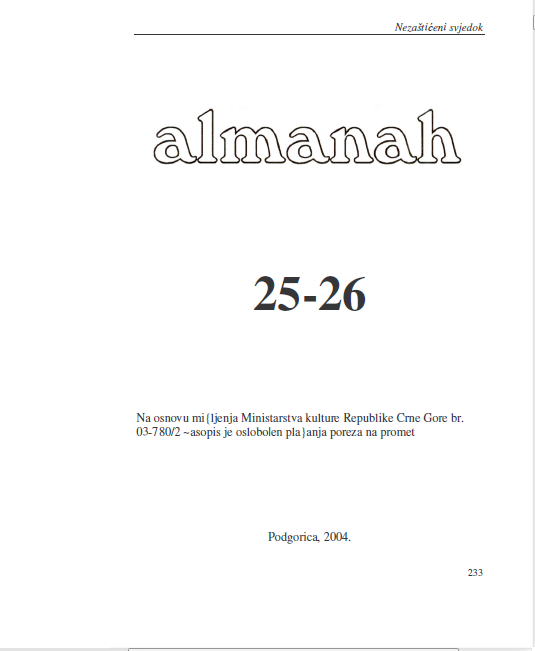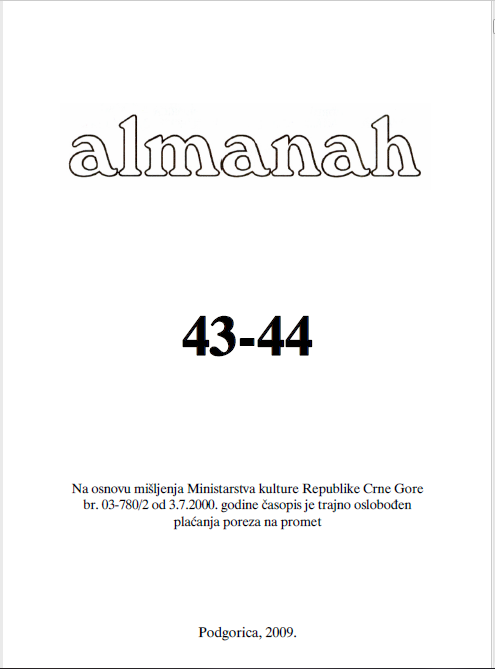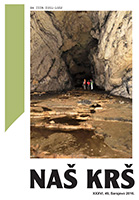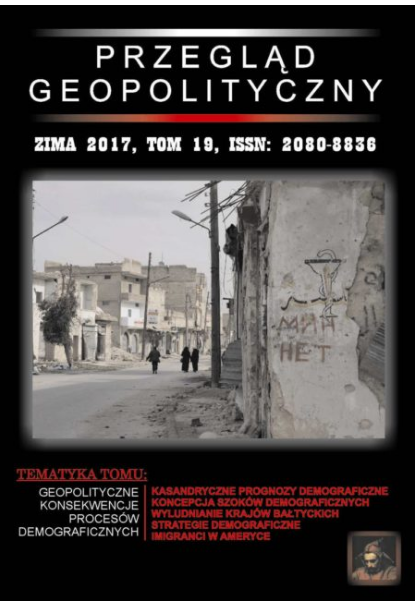
KONSEKWENCJE GEOPOLITYCZNE DEPOPULACJI TRZECH PAŃSTW BAŁTYCKICH
The introductory part of the article presents the demographic and ethnic transformations, taking place during the entire 20th century on the territory of the three Baltic states (Estonia, Latvia and Lithuania). These transformations are then subject to statistical and substantive analysis and interpretation. The starting point for this analysis was constituted by the assessment of the political and ethnic situation at the turn of the 20th century. Next, the evolution of the ethnic changes on the territory considered was reported for the inter-war period and then for the long period of the Soviet occupation. This provided the basis for the diagnosing of the contemporary demographic and ethnic conditions. The subsequent part of the article is devoted to the prognostic analysis. It is shown that the three Baltic states are threatened with the intensifying demographic regression. An attempt was undertaken of demonstrating that continuing intensive depopulation processes shall have essential geopolitical consequences. These processes can, namely, lead in the future to the marginalisation and even to the loss of sovereignty and political independence by the countries in question.
More...
